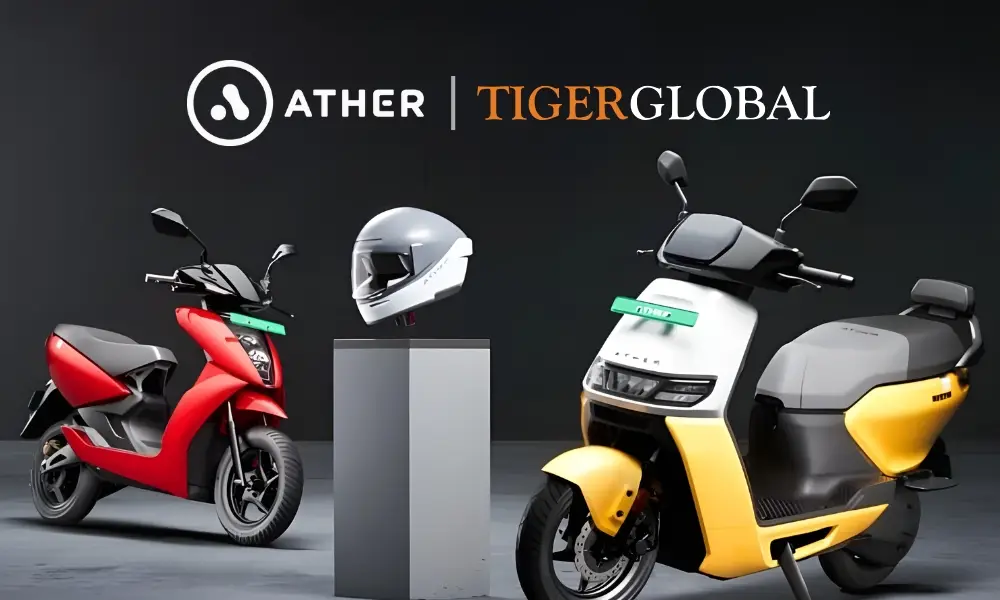Have you heard the name Sachin Bansal? Most of us know him, and he’s the visionary who co-founded Flipkart and helped shape India’s e-commerce revolution. But what many don’t know is that after his exit from Flipkart, he’s been quietly building something even bigger. He is building Navi, a digital-first, billion-dollar fintech company that’s already profitable and fast becoming a major force in India’s financial services space. This article explores how Navi is disrupting the fintech landscape and how Sachin Bansal is playing a long-term game with focus, strategy, and silent execution.
But before we dive into the success story, let’s start with a simple question: What exactly does Navi do? Navi is a modern financial services company that aims to simplify and digitize how Indians access money, insurance, and investments. Navi is creating an integrated ecosystem where users can meet most of their financial needs, such as borrowing, protecting, and growing their money entirely through a single platform.
At its core, Navi is designed to eliminate the traditional barriers people face while dealing with finance such as lengthy paperwork, lack of transparency, delayed approvals, and complicated processes. By leveraging technology and automation, Navi offers a faster, simpler, and more affordable alternative to conventional financial institutions. Whether it’s getting a loan, buying insurance, or investing in mutual funds, Navi delivers everything quick, paperless, and accessible to people across India, not just in metro cities.
So, now before I delve deeper, let me tell you some interesting numbers, and then let’s take a step forward. Navi’s revenue from operations rose 19.1% year-on-year, from ₹1,906 crore in FY 24 to ₹2,271 crore in FY 25, led by a 23% jump in interest income, which reached ₹1,981 crore even though lending was paused for over a month due to regulatory constraints. And it is already a profit-making company. And according to various sources, Sachin Bansal holds a 97% stake in the company. This means the company is largely self-funded, avoiding the dilution most startups face and maintaining control over its vision. In an era where startups often raise millions without clear profitability, Navi stands out by doing more with less.
This is all driven by a person called Sachin Bansal. But how did he manage to do that? After selling his Flipkart stake to Walmart in 2018, Sachin Bansal walked away with nearly $1 billion. He invested over ₹4,000 crore into building Navi from the ground up. But unlike Flipkart’s high-burn growth, Navi has focused on technology-led efficiencies, low-cost structures, and deep integration across financial verticals.
One of the biggest reasons for its fast growth and operations is because of its deep focus on integration. Their focus is not just on products but also on technology, processes, and platforms. Instead of building isolated financial services, Navi has created a tightly connected ecosystem that works seamlessly under one umbrella. Navi’s integrated model was carefully constructed through a mix of organic development and strategic acquisitions, all aligned with one goal, which is to own the entire value chain and reduce dependency on third parties.
After the company began its operations, it slowly started acquiring. And the company took some bold moves by acquiring.
Acquisition of DHFL General Insurance
In January 2020, Navi acquired DHFL General Insurance and rebranded it as Navi General Insurance. It became a cornerstone of Navi’s ambition to make affordable and paperless insurance available to millions. This allowed Navi to remove intermediaries and pass cost benefits to users, launch instant policies (like health and motor insurance) through a tech-driven underwriting model, and also offer coverage to underserved segments.
And also, to build its integrated financial offerings, Navi also acquired Essel Mutual Fund in 2021 and launched Navi Mutual Fund. Together, these acquisitions gave Navi complete control over lending, insurance, and investments, which most fintech companies struggle to integrate.
This is how he started Navi after exiting Flipkart and serving the Indian population. But these mentioned verticals were not the only products they offer. UPI payments is another vertical that they had and that was started quite recently. But an interesting fact is they are already the 4th biggest UPI player in India, and they have surpassed Cred.
In December 2024, Navi crossed a major milestone by capturing over 1% market share on India’s real-time payment system, UPI (Unified Payments Interface). This made Navi the first player outside the big three (PhonePe, Google Pay, and Paytm) to reach this mark in months. In December 2023, Navi’s share was less than 0.01%. The company had only launched UPI services on its app in August 2023, making this growth especially impressive.
So, to sum up overall, Navi is playing this fintech game in a very unique manner by expanding their boundaries and building a vast empire in the fintech space. Sachin Bansal is not just building another fintech company. He’s building a full-stack financial ecosystem from lending, insurance, investments, or payments, and Navi is becoming a one-stop financial platform for millions of Indians. It is definitely a story that we need to consider as an inspiration.








